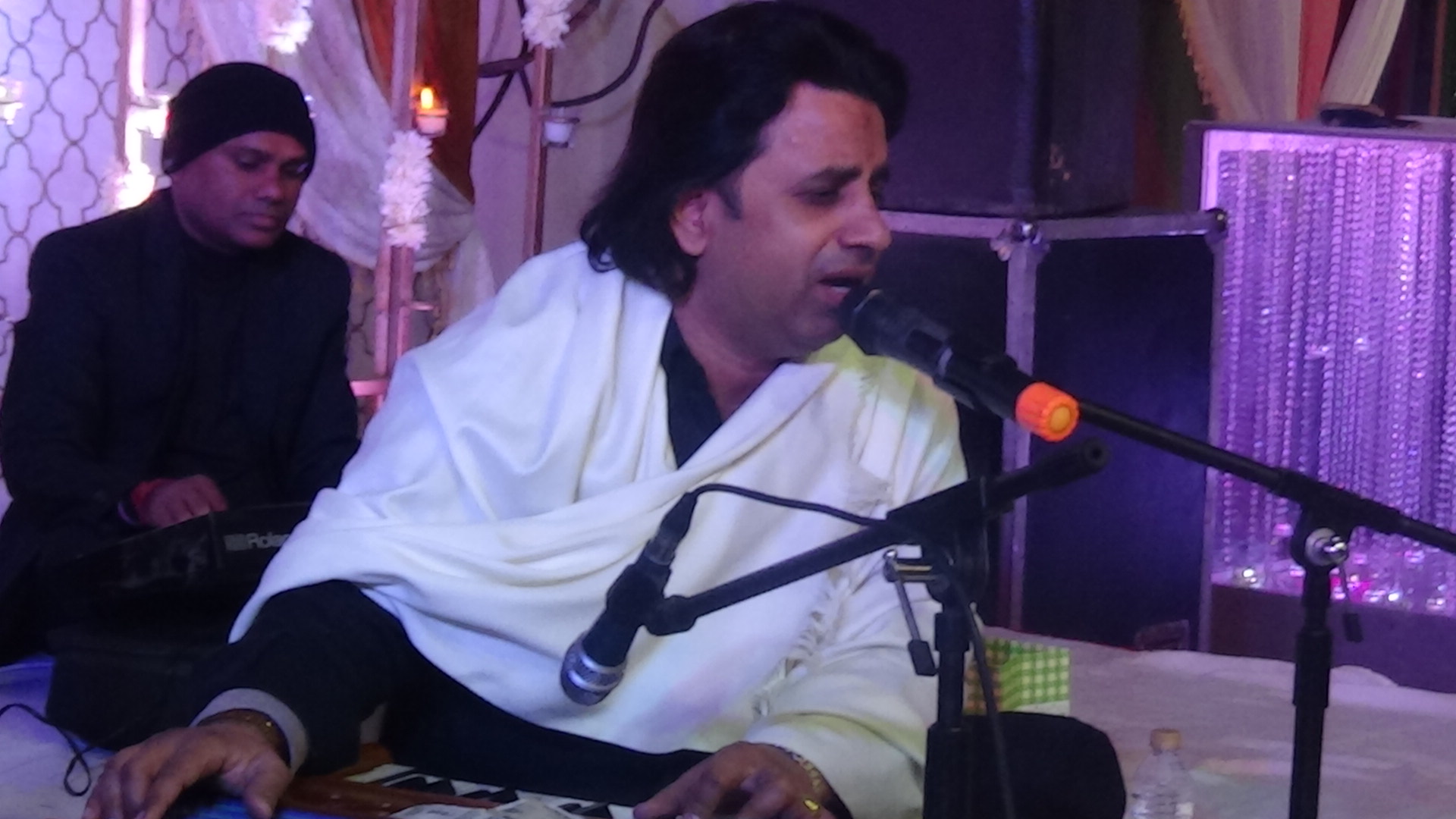\r\n The ghazal form is ancient, tracing its origins to 7th-century Arabic poetry. The ghazal spread into South Asia in the 12th century due to the influence of Sufi mystics and the courts of the new Islamic Sultanate, and is now most prominently a form of poetry of many languages of the Indian subcontinent and Turkey.
\r\n\r\n
\r\n\r\n A ghazal commonly consists of between five and fifteen couplets, which are independent, but are linked – abstractly, in their theme; and more strictly in their poetic form. The structural requirements of the ghazal are similar in stringency to those of the Petrarchan sonnet In style and content, due to its highly allusive nature, the ghazal has proved capable of an extraordinary variety of expression around its central themes of love and separation.
\r\n\r\n
\r\n\r\n The ghazal originated in Arabia in the 7th century, evolving from the qasida, a much older pre-Islamic Arabic poetic form. Qaṣīdas were typically much longer poems, with up to 100 couplets. Thematically, qaṣīdas did not include love, and were usually panegyrics for a tribe or ruler, lampoons, or moral maxims. However, the qaṣīda's opening prelude, called the nasīb, was typically nostalgic and/or romantic in theme, and highly ornamented and stylized in form. In time, the nasīb began to be written as standalone, shorter poems, which became the ghazal.
\r\n\r\n
\r\n\r\n The ghazal came into its own as a poetic genre during the Umayyad Era (661–750) and continued to flower and develop in the early Abbasid Era. The Arabic ghazal inherited the formal verse structure of the qaṣīda, specifically, a strict adherence to meter and the use of the Qaafiyaa, a common end rhyme on each couplet (called a bayt in Arabic and a sher in Persian).
\r\n\r\n
\r\n\r\n The nature of the ghazals also changed to meet the demands of musical presentation, becoming briefer in length. Lighter poetic meters, such as khafîf, ramal, and muqtarab were preferred, instead of longer, more ponderous meters favored for qaṣīdas (such as kâmil, basît, and rajaz). Topically, the ghazal focus also changed from nostalgic reminisces of the homeland and loved-ones, towards romantic or erotic themes – These included sub-genres with themes of courtly love (udharî), eroticism (hissî), homoeroticism (mudhakkar), and as a highly stylized introduction to a larger poem.
\r\n\r\n
\r\n\r\n The ghazal is one of the most popular poetic forms across the Middle East and South Asia. Readings or musical renditions of ghazals, such as at mehfils and Mushairas, are well attended in these countries, even by the laity. Ghazals are popular in South Asian film music. The ragas to which ghazals are sung are usually chosen to be in consonance with their lyrical content.
\r\n\r\n
\r\n\r\n Understanding the complex lyrics of traditional ghazals required education typically available only to the upper classes. The traditional classical rÄgas in which the lyrics were rendered were also difficult to understand. The ghazal has undergone some simplification in recent years, in terms of words and phrasings, which helps it to reach a larger audience around the world. Modern shayars (poets) are also moving towards a less strict adherence to form and rules, using simpler language and words (sometimes even incorporating words from other languages, such as English - see Parveen Shakir), and moving away from a strictly male narrator.
\r\n\r\n
\r\n\r\n Most of the ghazals are now sung in styles that are not limited to khayÄl, thumri, rÄga, tÄla and other classical and light classical genres. However, those forms of the ghazal are looked down on by purists of the Indian classical tradition.
\r\n\r\n
\r\n\r\n
\r\n Ghazal Singers Official Page Click Here
\r\n\r\n
\r\n\r\n Performance Video
\r\n\r\n
\r\n



